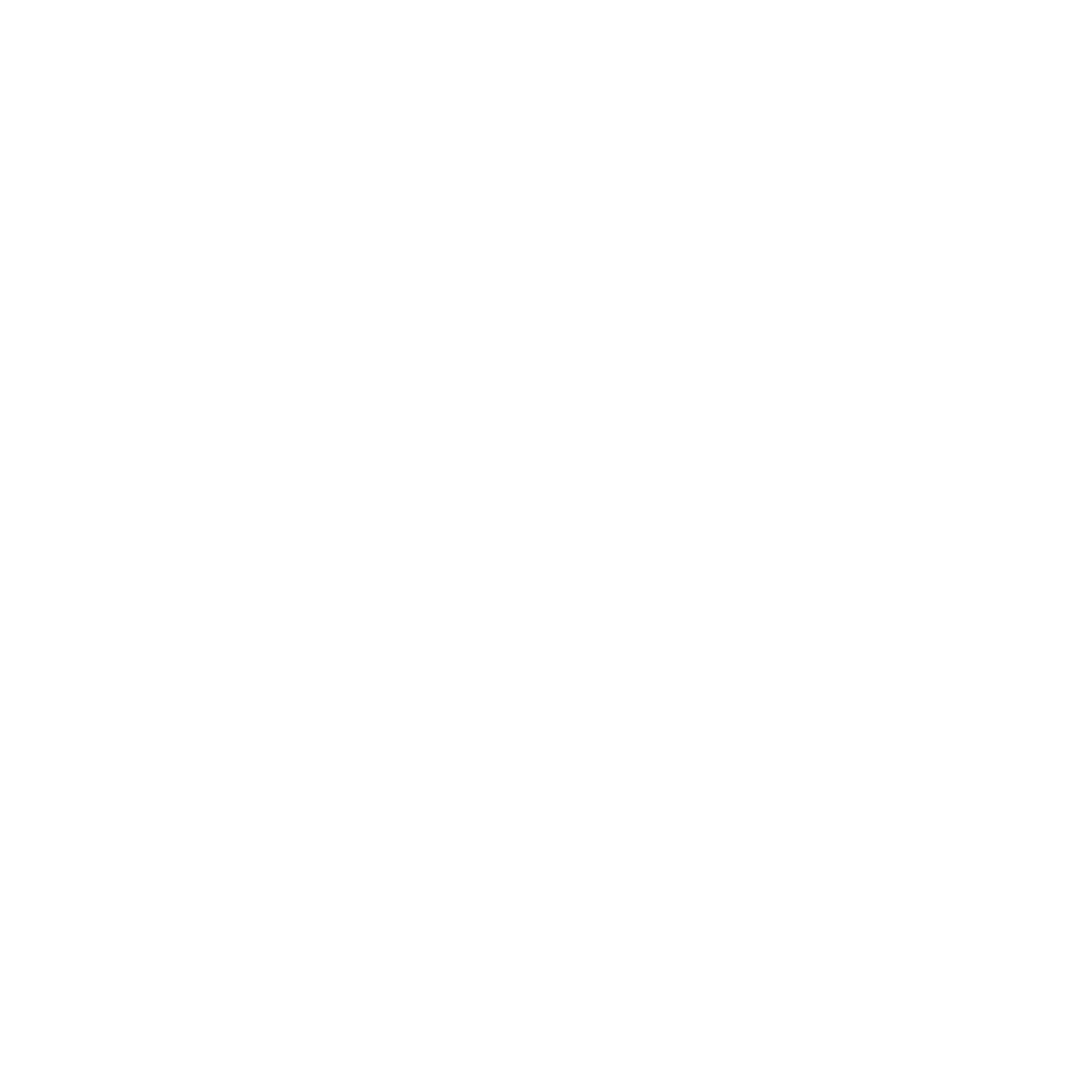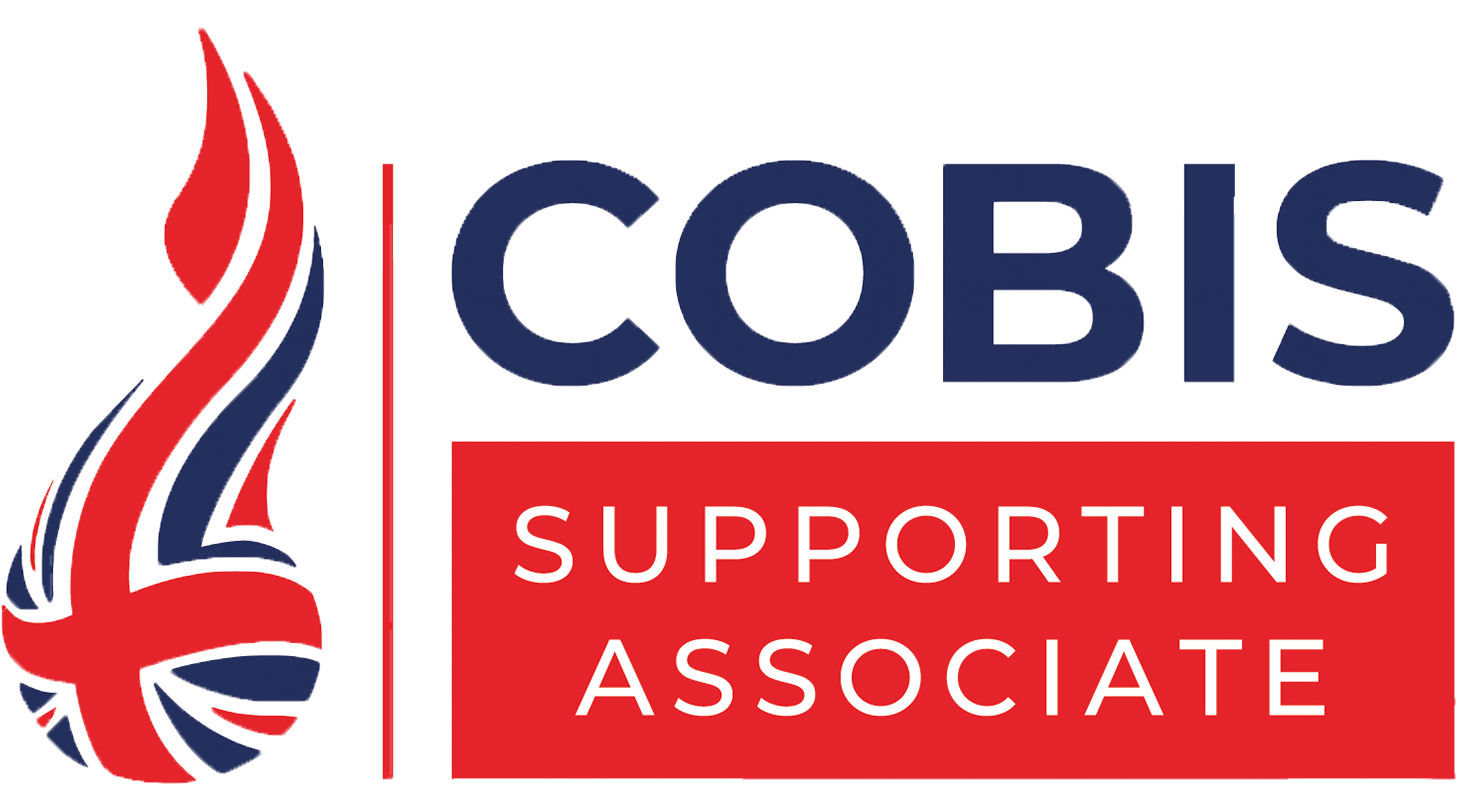Victoria Foster is the Director of Teacher Training and Professional Development at Charterhouse Lagos. As a new school, the team have developed their teaching principles around the Model for Great Teaching. A few months ago, we spoke to Victoria about the school’s first steps in establishing an effective culture of professional development using the Great Teaching Toolkit.
We caught up with Victoria to find out more about how things are going.
From knowing to doing
Our biggest focus this term is to support teachers in taking what they have learnt from the courses into their classrooms in a meaningful and sustainable way. I know from my own experience that, as teachers, we will complete a course and decide to implement a change. But often, within a few weeks, the enthusiasm has waned, and implementation comes to a halt. We wanted to be proactive in avoiding this by putting the right scaffolds in place to support our teachers in bridging the gap between knowing and doing.
Collaboration that works for us
It was important for us that we gave teachers autonomy in choosing a course that was meaningful and motivating for them. And we chose not to be too directive in terms of how they engaged with the learning. The crucial part, for me, came in week 7 of the courses. Where our teachers met with a senior leader to discuss the classroom-based scenarios from the courses. Together, groups explored some key questions:
- What challenges is this teacher facing?
- How does this link with the learning we have been doing?
- What goals would we set for this teacher?
- What strategies would be beneficial in this situation?
Exploring these examples supported teachers in examining classroom practice and planning for improvement outside of their own context, and this took the emotion out of it for them. This was crucial in supporting them to go on to reflect on their own challenges, decide on a goal and set out clear steps for implementation.
Leadership engagement
The purpose of getting senior leaders involved in the process was to ensure we were all speaking the same language when it came to learning and teaching. And that teachers felt that school leaders valued the hard work they were putting in. This means that now, as we enter the period of implementation, senior leaders are committed to having more specific ‘corridor conversations’ with teachers about how implementation is going in their classrooms e.g. how’s that classroom entry routine working for you?
I believe that teachers feel more motivated when leaders have a genuine interest in what they are doing. We hope that this will make them more open to sharing their experiences in the classroom.
Reflecting on the foundations
We have held various supporting activities through our journey. Teachers have opportunities to reflect on their progress so far with different colleagues through a series of structured reflection conversations. Observing two teachers discussing interleaving versus spaced practice was a powerful moment for me. They brought both knowledge and curiosity to the exchange that supported my belief that we had laid the right foundations for this work. I also felt the power of the work we had done when discussing with one of our swimming coaches how he was keen to develop his explanations through the use of generative learning activities. There are plenty of tools within the platform to support developing understanding and skills. But there is something even more important about getting the culture right in your school.
Making it stick
It was important for me that we prioritised this time for teachers to engage with building their knowledge within a specific area. It’s vital to underpin the implementation of new techniques or strategies with this deep understanding. I believe that if you don’t know why you’re doing something and you’re not intentionally thinking about why you’re doing it – it won’t necessarily stick and it may not work. And I think that’s what the Great Teaching Toolkit does; it makes you think a bit harder.





